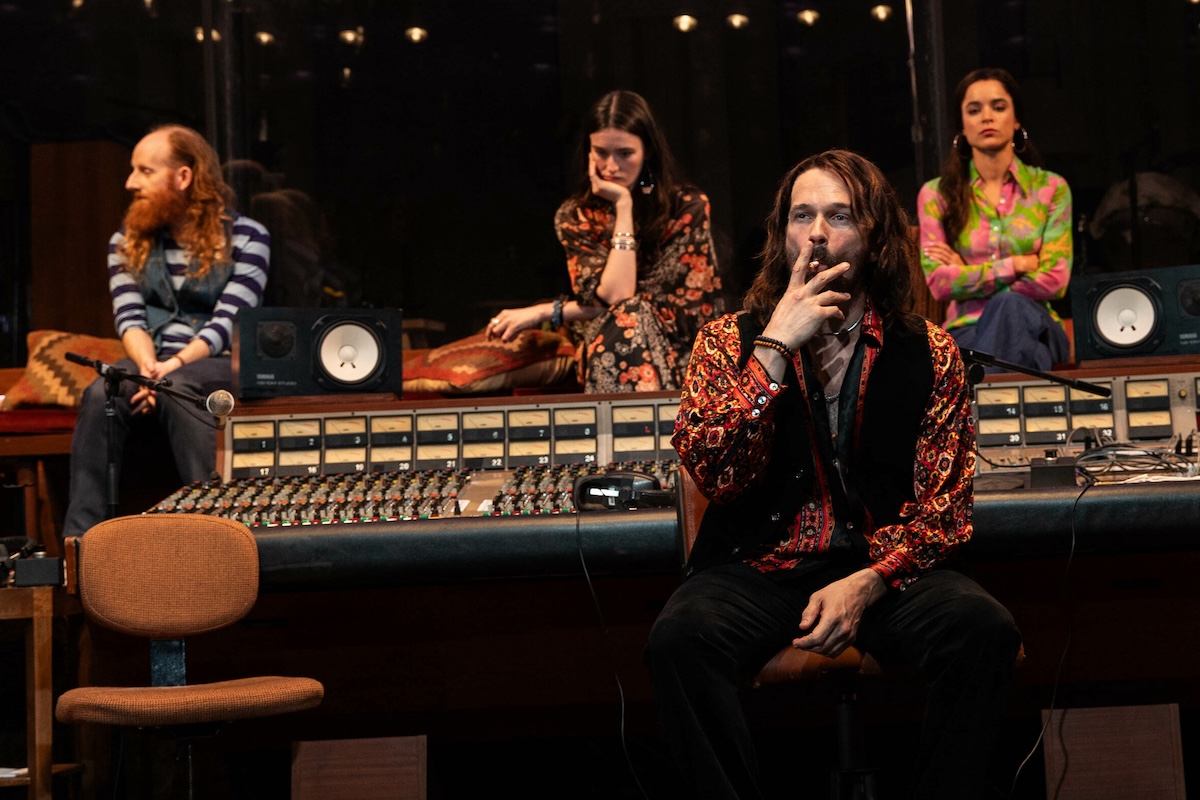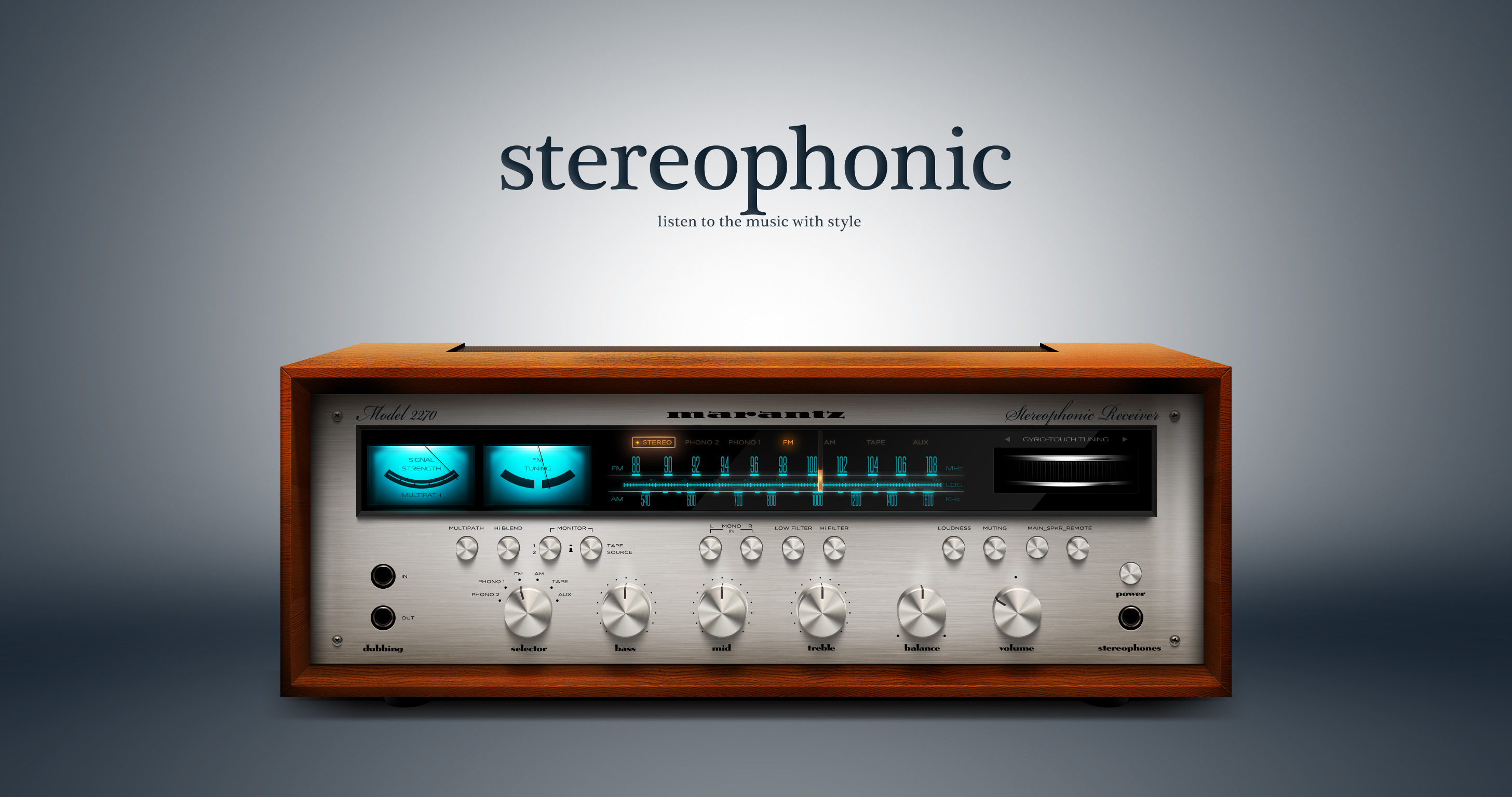Historical Development of Stereophonic Sound
Stereophonic sound, also known as stereo, is a method of sound reproduction that creates an illusion of sound emanating from multiple directions, providing a more immersive and realistic listening experience. The development of stereophonic sound has been a gradual process, with key milestones and technological advancements contributing to its evolution.
The concept of stereophonic sound can be traced back to the early 19th century, when scientists began experimenting with binaural recording techniques. However, it was not until the mid-20th century that practical stereophonic sound systems were developed.
Key Milestones in the Development of Stereophonic Sound
- 1931: Alan Blumlein, a British engineer, patents a stereophonic recording system using two microphones placed at different angles.
- 1933: EMI releases the first commercial stereophonic recording, “The London Philharmonic Orchestra Plays Tchaikovsky.”
- 1940: Bell Labs demonstrates a two-channel stereophonic sound system at the New York World’s Fair.
- 1958: The first commercially successful stereophonic record player, the Stereophonic Victrola, is released by RCA Victor.
- 1960s: Stereophonic sound becomes the standard for home audio systems.
- 1970s: Quadraphonic sound, a four-channel stereophonic system, is introduced but fails to gain widespread acceptance.
- 1980s: Digital audio technology revolutionizes stereophonic sound, allowing for higher-quality recordings and playback.
- 1990s: Surround sound systems, which provide a more immersive stereophonic experience, become popular for home theater applications.
- 21st century: Continued advancements in digital audio technology, such as binaural recording and virtual reality audio, further enhance the stereophonic sound experience.
Technological Advancements that Made Stereophonic Sound Possible
The development of stereophonic sound was made possible by several key technological advancements:
- Microphones: The development of high-quality microphones capable of capturing sound from different directions was essential for stereophonic recording.
- Recording and playback equipment: The development of specialized recording and playback equipment, such as stereophonic microphones, mixing consoles, and amplifiers, was necessary to create and reproduce stereophonic sound.
- Loudspeakers: The development of high-quality loudspeakers capable of reproducing sound accurately from multiple directions was essential for the stereophonic sound experience.
- Digital audio technology: The development of digital audio technology, such as digital recording and playback, has revolutionized stereophonic sound, allowing for higher-quality recordings and playback.
Role of Key Inventors and Companies in the Evolution of Stereophonic Sound
Several key inventors and companies played a significant role in the evolution of stereophonic sound:
- Alan Blumlein: A British engineer who patented a stereophonic recording system in 1931.
- EMI: A British company that released the first commercial stereophonic recording in 1933.
- Bell Labs: An American research laboratory that demonstrated a two-channel stereophonic sound system at the New York World’s Fair in 1940.
- RCA Victor: An American company that released the first commercially successful stereophonic record player in 1958.
- Dolby Laboratories: An American company that developed surround sound technology, which provides a more immersive stereophonic experience.
Technical Aspects of Stereophonic Sound

Stereophonic sound, unlike monaural sound, utilizes two or more channels to create a sense of spatial dimension in audio reproduction. It aims to replicate the natural hearing experience by providing listeners with directional cues, allowing them to perceive the location and movement of sound sources within a virtual soundstage.
The fundamental principle of stereophonic sound lies in the human auditory system’s ability to localize sound sources based on the differences in sound intensity and arrival time at each ear. By presenting slightly different audio signals to the left and right ears, stereophonic sound creates a sense of sound localization, enabling listeners to perceive the direction from which the sound originates.
Sound Localization, Stereophonic
Sound localization is the ability of the human auditory system to determine the direction from which a sound originates. This process relies on two primary cues: interaural time difference (ITD) and interaural level difference (ILD).
ITD refers to the difference in arrival time of a sound wave at the left and right ears. For sounds originating from the side, the sound wave reaches one ear slightly before the other, creating an ITD. The brain utilizes this time difference to determine the lateral position of the sound source.
ILD, on the other hand, refers to the difference in sound intensity between the left and right ears. Sounds originating from one side are louder in the corresponding ear due to the head’s shadowing effect. The brain uses this intensity difference to further refine the localization of the sound source.
Soundstage
Soundstage refers to the perceived three-dimensional space within which sounds appear to be located in a stereophonic recording. It encompasses the width, depth, and height of the virtual acoustic environment, providing listeners with a sense of immersion and realism.
Creating a convincing soundstage is crucial for enhancing the overall listening experience. Various techniques are employed to achieve this, including:
- Microphone placement: The placement and orientation of microphones during recording significantly impact the resulting soundstage. Different microphone techniques, such as the X-Y, ORTF, and Decca tree, are used to capture the spatial relationships between sound sources and create a desired soundstage.
- Panning: Panning refers to the process of adjusting the balance of a sound source between the left and right channels. By panning sounds to different positions within the stereo field, engineers can control the perceived location and movement of sound sources within the soundstage.
Applications of Stereophonic Sound

Stereophonic sound, with its ability to create a realistic and immersive auditory experience, has found widespread applications in various industries. From enhancing musical performances to creating captivating cinematic experiences and immersive gaming environments, stereophonic sound has revolutionized the way we consume and interact with audio.
In the music industry, stereophonic sound allows listeners to experience a more realistic and immersive musical performance. The separation of instruments and vocals into distinct channels creates a sense of space and depth, making it feel as if the listener is present in the same room as the musicians. This enhanced listening experience not only increases the enjoyment of music but also provides a deeper connection with the artist’s intended interpretation.
Film
In the film industry, stereophonic sound plays a crucial role in creating a captivating and immersive cinematic experience. The ability to control the direction and placement of sound within a multi-channel soundscape allows filmmakers to enhance the emotional impact of scenes, guide the audience’s attention, and create a sense of realism that draws viewers into the story. By utilizing stereophonic sound, filmmakers can create a truly immersive experience that transports the audience into the world of the film.
Gaming
In the gaming industry, stereophonic sound is essential for creating immersive and engaging gaming experiences. By utilizing spatial audio techniques, game developers can create virtual sound environments that surround the player, providing them with crucial auditory cues about the game world. This enhanced sense of immersion not only increases the enjoyment of the game but also provides a competitive advantage by allowing players to react more quickly and accurately to in-game events.
Despite its numerous advantages, stereophonic sound also presents certain challenges and limitations in different applications. In the music industry, the challenge lies in accurately capturing and reproducing the spatial characteristics of a live performance, ensuring that the recorded version faithfully conveys the intended artistic vision. In film, the challenge lies in balancing the creative use of stereophonic sound with the need for intelligibility, ensuring that dialogue and sound effects remain clear and understandable amidst the immersive soundscape.
In gaming, the challenge lies in optimizing stereophonic sound for different gaming platforms and ensuring that the spatial audio experience is consistent across various hardware configurations. Additionally, the use of stereophonic sound in gaming can be limited by the capabilities of the player’s audio system, affecting the overall immersive experience.